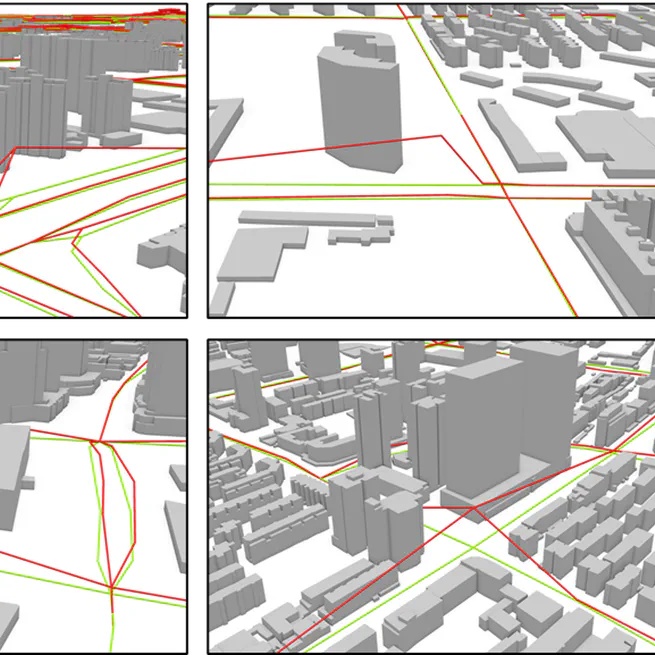This study introduces a 3D framework for assessing 15-minute accessibility in Nanjing, China. Using natural language processing and rule-based methods, we construct a 3D functional composition dataset from multi-source data. We then develop floor-level proximity indices that account for both horizontal travel time and vertical circulation (e.g., stairs, elevators). Analyzing over 90 million simulated trips, we find that accessibility generally declines with building height, though access to offices and commercial facilities improves at 20th or higher floors. Spatial inequalities emerge not only between central and peripheral zones but also across building levels and regional GDP levels, with a U-shaped disparity tied to distance from downtown. Notably, 11%–17% of trips considered accessible in 2D analyses exceed the 15-minute threshold when vertical travel is included. Our findings highlight the need to incorporate vertical space in 15-minute city evaluations and offer a scalable method to support inclusive, fair, and livable 3D urban planning with the background of 15-minute city.
Oct 6, 2025

We proposed a novel approach to extract large-scale 3D road networks, integrating terrain correction and road engineering rule constraint, by using the Advanced Land Observing Satellite World 3D-30 m DSM, OpenStreetMap and FABDEM.
Nov 14, 2022